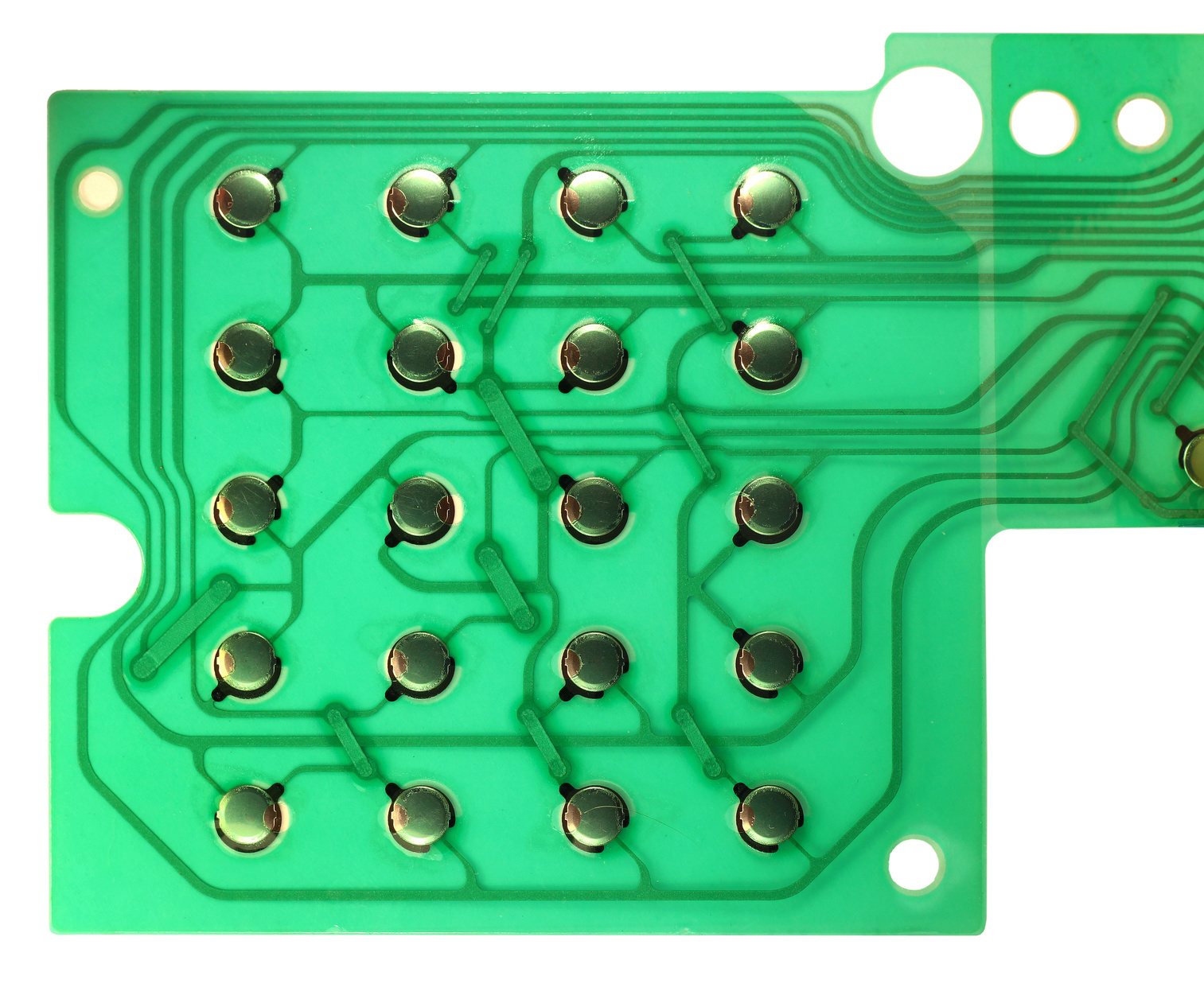The Full Overview to Membrane Switch Technology and Its Applications
The Full Overview to Membrane Switch Technology and Its Applications
Blog Article
Comprehending the Performance of Membrane Changes for Interface Gadget
The capability of membrane switches over represents a considerable improvement in individual interface layout, incorporating efficiency with visual adaptability. As industries significantly prioritize individual experience, recognizing the nuances of membrane button technology ends up being essential.
What Are Membrane Buttons?
Membrane switches are innovative user interface tools that facilitate user interaction with electronic equipment. These versatile parts include several layers, consisting of a visuals overlay, spacer, and a printed circuit layer. The style enables for a smooth assimilation into different electronic gadgets, improving both the aesthetic and functional facets of interface.
Membrane switches are commonly employed in a wide range of applications, from household devices to commercial equipment and clinical gadgets. Their building normally includes a thin account, making them an ideal choice for compact styles. The tactile feedback provided by these buttons can be crafted to satisfy particular user preferences, guaranteeing effective communication in between the individual and the device.
Durability is an additional significant benefit of membrane switches, as they are immune to dust, moisture, and chemicals, which boosts their life expectancy in requiring atmospheres. Additionally, these buttons can be personalized in terms of form, size, and visuals layout, enabling branding and user-specific features. On the whole, membrane switches over represent a practical service for enhancing customer experience in electronic tools, integrating capability with aesthetic allure in a reliable manner.
Exactly How Membrane Changes Job
Operating on a simple principle, membrane layer changes utilize a layered building to register customer input efficiently. Each switch contains several layers, consisting of a printed circuit layer, a spacer layer, and a top visuals layer, which are developed to function with each other effortlessly. When a user presses the top layer, it presses the spacer layer, bringing the conductive elements of the circuit layer into call with each various other.
This get in touch with develops a closed circuit, indicating the tool to execute a particular feature. The layout permits numerous configurations, including tactile responses, which can boost the user experience by offering a physical sensation upon activation. The products used in membrane switches commonly consist of flexible substrates, such as polyester or polycarbonate, which make certain sturdiness and durability versus damage.

Secret Advantages of Membrane Switches

One more significant advantage is their compactness. Membrane buttons are slim and lightweight, which makes it possible for manufacturers to save space in their devices without giving up performance. This feature is specifically beneficial in applications where weight and volume are critical considerations.
In addition, membrane buttons are resistant to dirt, wetness, and chemicals, boosting their toughness. This resilience prolongs their life-span and minimizes the need for constant replacements, leading to price savings in time.
Additionally, the responsive responses supplied by membrane buttons can be optimized to improve user interaction. They can consist of features such as increased buttons or distinct clicks, improving functionality and customer experience.
Applications Across Industries
Individual user interface devices making use of membrane buttons prevail in a vast array of markets, showcasing their versatility and capability. Membrane Switch. In the clinical market, membrane switches are integral to devices such as diagnostic devices and individual monitoring systems, where their toughness and convenience of cleaning are critical for preserving hygiene standards. Similarly, in the vehicle industry, these buttons are used in dashboard controls and infotainment systems, giving a smooth and modern-day interface for users.
Furthermore, the consumer electronic devices field gain from membrane buttons in devices and portable devices, where portable design and straightforward interfaces boost customer experience. Industrial applications likewise take advantage of membrane switches over for control panels in equipment and automation systems, stressing their robustness and resistance to extreme settings.
In the aerospace and protection sectors, membrane layer buttons are used in cabin controls and equipment, where integrity and performance under extreme problems are paramount. Additionally, the gaming industry progressively incorporates membrane buttons in controllers and arcade devices, contributing to an engaging individual experience. On the whole, the flexibility of membrane layer changes enables their extensive use across various markets, highlighting their relevance in modern interface layout.
Future Fads in Membrane Switch Innovation

In addition, using innovative products, such as Membrane Switch polycarbonate and polyester films, is expected to rise, providing boosted resilience and resistance to environmental stressors. These materials add to the overall long life of membrane buttons, making them appropriate for harsher commercial applications.
Furthermore, the unification of wise technology, consisting of IoT connection, will certainly enable membrane layer buttons to interact with other devices and systems, assisting in a much more interactive user experience. This fad lines up with the expanding need for wise tools across different fields, from health care to consumer electronics.
Lastly, personalization choices are anticipated to broaden, permitting manufacturers to produce bespoke remedies customized to particular individual requirements and preferences. These growths will certainly position membrane switches as essential components in the advancement of interface modern technology.
Verdict
In final thought, membrane switches over represent a crucial advancement in customer interface technology, offering a reputable and functional option for diverse electronic applications. As innovations in material science and touch picking up technologies proceed, the performance and applicability of membrane layer switches are anticipated to increase, strengthening their importance in modern digital devices.
Report this page